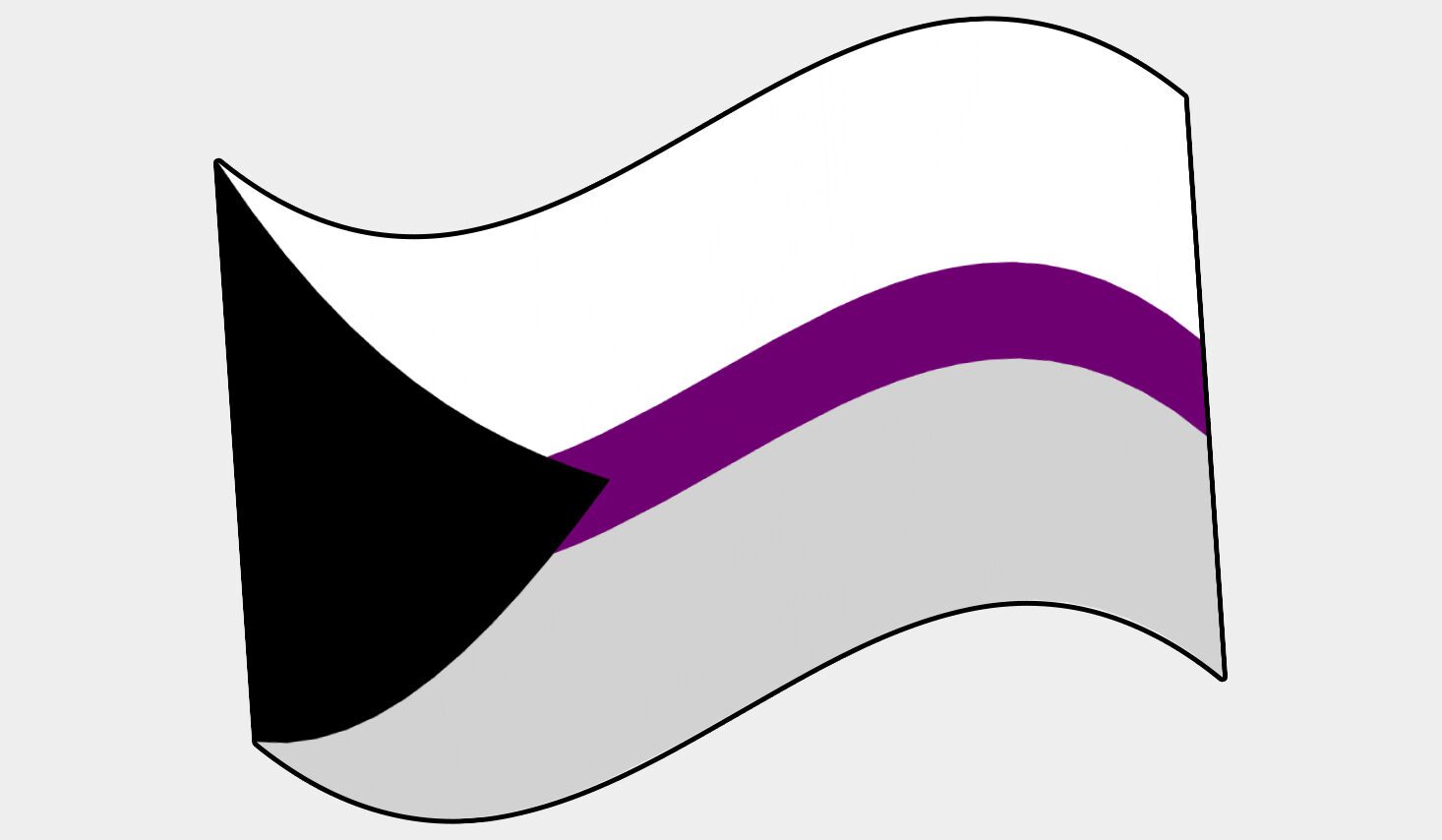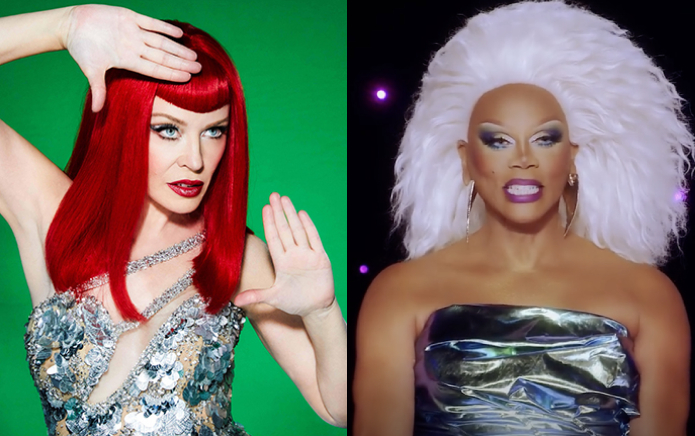
As you know, there’s a vast array of sexual orientations that an individual may identify with or feel a particular connection to.
While those who are not immersed in LGBTQ+ culture and the community will only recognise a select few due to the lack of representation in mainstream media and news – such as gay, lesbian, bisexual and transgender – more and more terms have emerged over the years to better represent the experiences and emotions of queer individuals, such as pansexual, asexual, polysexual, and demisexual, among others.
There will be some you’re aware of, whether that’s through a friend, your own experiences or researching online, and others you might not be familiar with. Here, we break down the meaning behind demisexuality and its origins, as well as its accompanying Pride flag.
What does demisexual mean?
Demisexuality is used to describe someone who requires an emotional bond as a prerequisite to sexual attraction.
A demisexual person can be gay, straight, bisexual, pansexual and so forth, and can identify with any gender identity.
Ramses Oliva, an ambassador for LGBTQ+ youth charity Just Like Us, tells GAY TIMES: “Demisexuality means I’m only attracted to people I have a strong emotional bond with.
“This is not simply a preference, I am incapable of experiencing attraction for strangers, celebrities, people I don’t really know. I can only be attracted to friends and people close to me.”
According to the Demisexuality Resource Center, “most” demisexual individuals have less of a sex drive compared to the general population. Some might have little to no desire to engage in sexual activity.
Of course, the experiences of each demisexual person varies, and while the main component of demisexuality is emotional intimacy – which means most demisexuals will only be attracted to people they’re close to – sexual attraction isn’t guaranteed.
It’s also important to note that there isn’t a specific length of time allocated for a demisexual individual to develop a sexual attraction. It could take weeks, months or years – it depends on the intensity of the relationship.

What is the difference between asexuality and demisexuality?
Demisexuality and asexuality are widely considered to be on the same spectrum due to the lack of sexual desire, but they should not be confused with one another.
Asexuality is the complete or near-complete absence of sexual attraction to anyone (of course, this depends on the individual), while demisexual people are capable of feeling sexual interaction but only after an emotional bond is formed.
On the common misconceptions of demisexuality, Ramses says: “Mostly that it’s a preference. As all other sexual orientations, it’s not a choice. It’s like having an “on/off” switch I’m not in control of. And as for asexual and aromantic people, this doesn’t mean I’m not necessarily interested in sex, or relationships.
“And not all relationships, romantic or otherwise, need to have a sexual component.”
He continues: “I believe the asexual community as a whole is still underrepresented. I identify as gay as well, and within the gay community there is a lack of understanding of what a relationship with an asexual person might look like. The other misconception is that the same label means the same thing for everyone.
“Asexual and aromatic labels, like for example demisexuality, tend to have more nuance than allosexual and alloromantic ones (that’s the opposite of asexual) have.
“This means that a demisexual person’s approach to sex, dating and their identity might be massively different from another demisexual one. The definitions are way less clear cut, and it’s why there are lots of more and “newer” labels to better define these experiences.”
Where does the word demisexual come from?
User sonofzeal created the term in 2006 on the forums for The Asexual Visibility & Education Network, a website that strives to create “open, honest discussion about asexuality among sexual and asexual people alike.”
sonofzeal felt that asexuality and non-asexuality didn’t accurately represent him, so coined the term demisexual to describe the need for an emotional bond to experience sexual attraction.
Since then, the term has gained traction online with more people than ever identifying with the orientation.
What does the demisexual flag look like?
The origin of the flag is unknown, but the colours are widely considered to represent asexuality (black), demisexuality (grey), sexuality (white) and community (purple).



